
Freckles (1904) by Gene Stratton-Porter is a moral tale combined with adventure and romance. Freckles is an orphan with only one hand. He arrives at the Limberlost swamp in Indiana to search for a job after leaving the Home, an orphanage in Chicago. His honesty and positive attitude earn him a job as the Limberlost guard for the lumber company. There, Freckles proves himself to be intelligent, strong, and diligent.
As Freckles guards the trees, he learns about the plants growing in the Limberlost and he befriends the animals living there. Freckles makes a “room” in the swamp, a closed garden where he spends time and stores his specimen case containing his treasures. One day, a beautiful girl peeks into his “room,” and Freckles falls in love with her. He calls her his “Swamp Angel.” He befriends the Bird Woman, the Angel’s friend, who takes photos of Freckles’s birds, which he calls “chickens.”
Freckles impresses those around him with his work ethic and good nature. His boss, McLean, treats Freckles as if he were his own son. He prepares to send Freckles to school after the timber gang arrives and Freckles’s guard duty ends. Mr. Duncan, who works for the lumber company, and his wife both love the affectionate boy. The Swamp Angel inspires Freckles in new ways, and we learn that he aspires to sing. He has a stunning voice.
Meanwhile, trouble brews for Freckles as a thief named Black Jack plans to steal trees. The pair fight with one another, and Freckles wins twice, but eventually Freckles is overpowered. The Angel saves Freckles as the thieves attempt to steal a valuable tree. Then later, a tree nearly falls on the Angel, and Freckles saves her, but he is severely hurt and hospitalized.
In the hospital, Freckles is dejected, feeling he will never be able to have the thing he truly wants–the Angel. She is of a higher class, and Freckles believes she deserves a better husband, one who is not nameless and missing a hand. Though the Angel tries to convince him that she loves him, Freckles refuses to believe that they can be together. He thinks of how he arrived at the Home, beaten and bloody, with his arm cut off. He wonders what parents could do that to their own son.
The Angel disagrees, telling him that his parents could never have done such things when Freckles has such a good heart. She aims to prove that he was loved and learns that he was the son of a Lord. Freckles’s parents died in a fire trying to save him, and he has a huge inheritance.
The story ends happily with this contrivance of the plot; however, I would have enjoyed it more had Freckles understood his self-worth was determined by himself, not by the discovery of his parents and high-class name.
Related Reviews:
A Girl of the Limberlost by Gene Stratton-Porter
At the Foot of the Rainbow by Gene Stratton-Porter
Purchase and read books by Gene Stratton-Porter:



© penciledpage.com

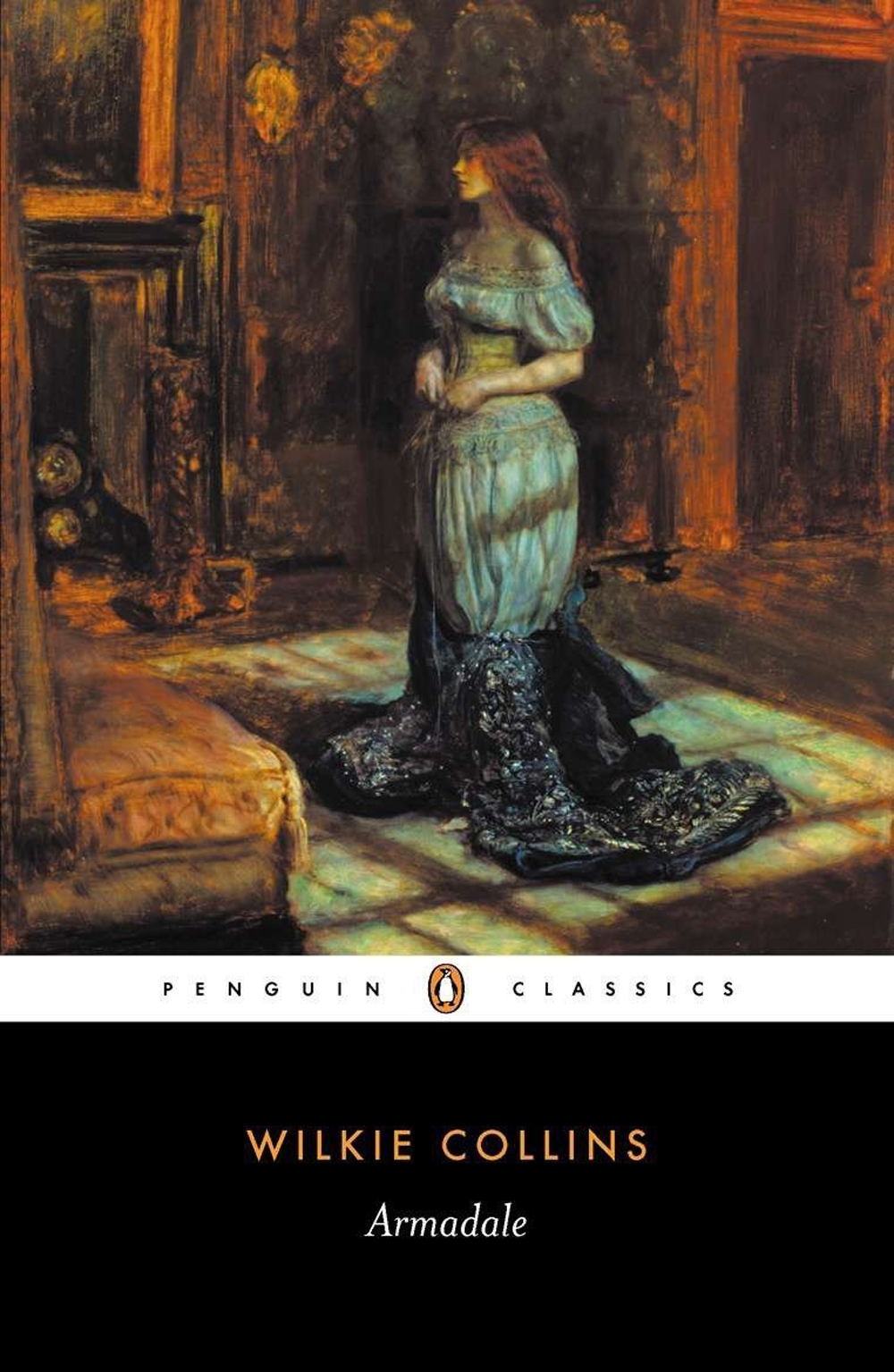








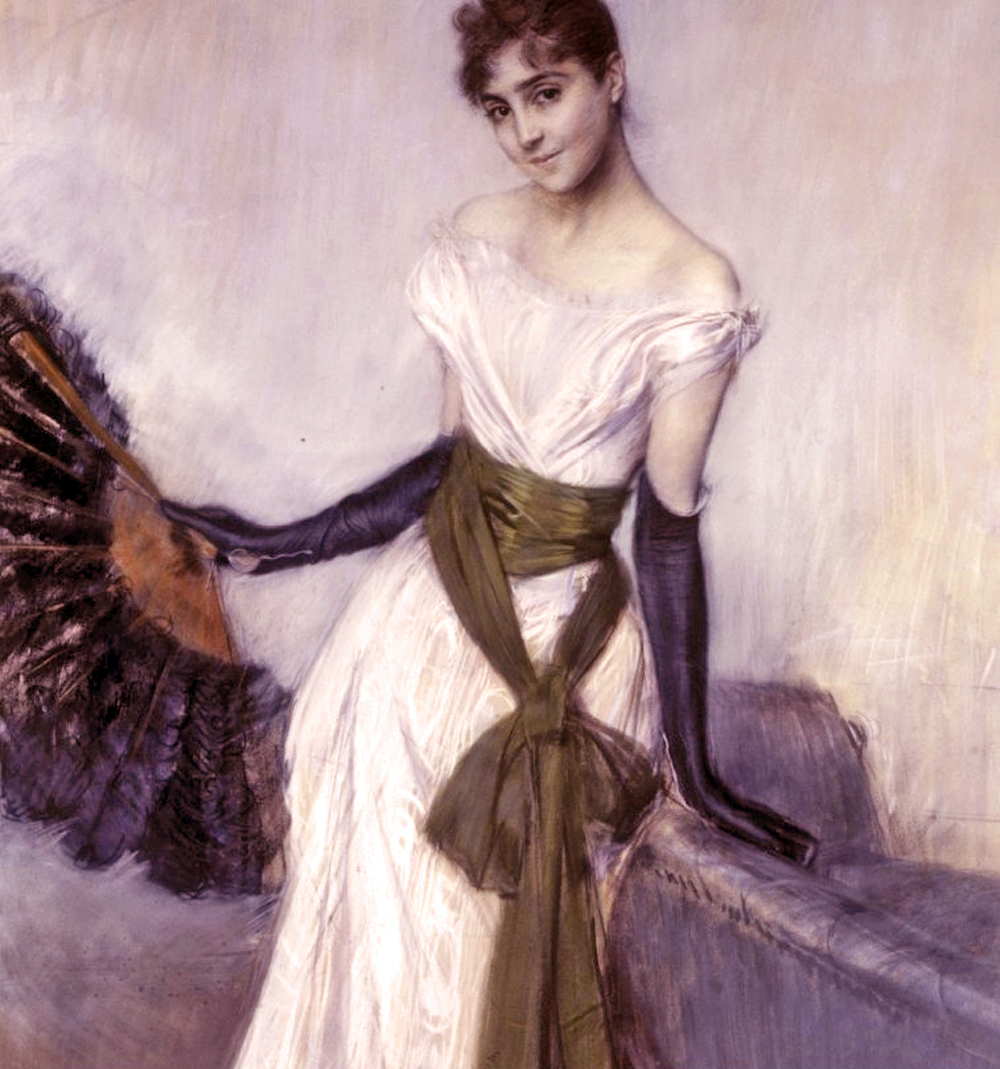



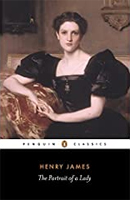
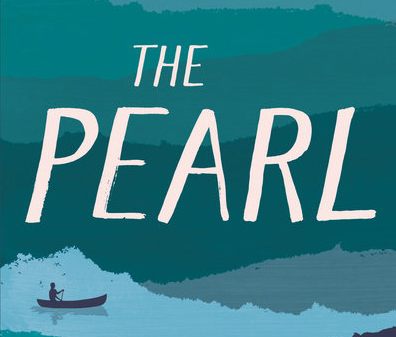



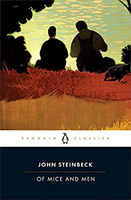




Search This Website